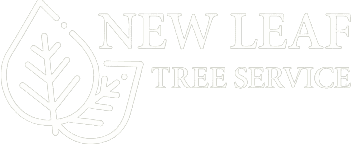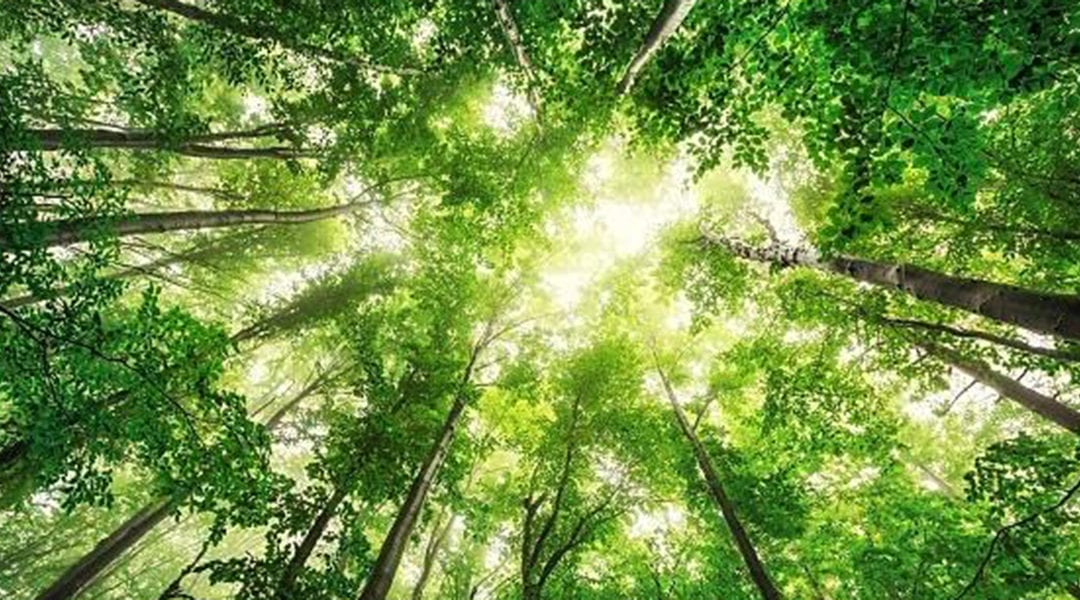North American deciduous trees have a new pest to worry about. Emerald ash borers, EABs, continue to decimate ash trees across Canada and the United States. Originally native to Asia, EABs hitched a ride to the U.S. in the early 2000s, causing irreparable damage to millions of North American ash trees.
Contact Louisville’s professional tree service immediately if you notice any green metallic-looking beetles around your deciduous trees. Professional arborists have the skills and training to identify, treat, and maintain your trees infected by EABs. But how do emerald ash borers kill trees?
Understanding Emerald Ash Borers
Certain parasites, nematode worms, and wood-boring insects seek ash trees for shelter and nutrients. Emerald ash borers populate ash trees to reproduce, feed on the sapwood layer of trees, and grow into adult beetles. Since the first EAB identification in Michigan in 2002, emerald ash battles remain one of the most destructive insects for North American deciduous trees.
The U.S. Department of Agriculture estimates that emerald ash battles have killed tens of millions of ash trees throughout the continental United States. An invasive species resilient enough to kill millions of trees in twenty short years deserves immediate attention. Aside from annual insecticide treatments, experts continue to seek a permanent solution for eradicating EABs from North America.
Common Signs of EAB-Infested Trees
Treating EABs starts with understanding how do emerald ash borers kill trees. Many emerald ash borers burrow beneath healthy tree bark to feed on sapwood and lay eggs. Wood-boring insects sap nutrients from growing trees, inevitably leading to tree decomposition and rot.
If you notice any of the following signs of emerald ash borers, contact professional arborists in Jefferson County:
D-Shaped Holes
EABs chew small holes in tree bark as they enter and emerge from ash trees. The D-shaped hole left behind by emerald ash borers strongly indicates the presence of invasive insects. You can find burrowing holes on overhanging branches, tree trunks, and tree canopies.
Expert arborists confirm the presence of EABs by cutting into bark sections, exposing problematic insects hidden beneath your trees. If you still wonder how do emerald ash borers kill trees, the answer lies right under the surface of your ash trees. Pupa and adult ash borers ravenously feed on cambium and sapwood tree layers, constricting the ash tree’s vascular system.
Dying Branches
Trees unable to absorb nutrients develop included bark and dying branches. Invasive insects consume the nutrients intended for growing branches, disrupting your tree’s growth cycle and ability to fend off diseases. Dying branches easily break away from canopies, posing serious safety concerns for Louisville residential and commercial property owners.
How to Treat Emerald Ash Borers
Spotting a single emerald ash borer on your tree can indicate widespread tree infection. Consider the following tips for staying ahead of emerald ash borer nuisances:
Seasonal Changes
Young emerald ash borers emerge from ash trees in the late spring and summer. Inspect your ash trees in April and May to identify invasive insects as early as possible.
Act Quickly
Insecticide treatments have proved incredibly effective at helping trees recover from EAB damage. The earlier you begin insecticide treatments, the better chance of survival for your ash trees. Many tree service companies offer same-day, low-cost tree inspection services to help you overcome the challenges of EABs
Call New Leaf Tree Service Today
New Leaf Tree Service has proudly served the Jefferson County community for many years. We take pride in our work, always aiming to exceed our client’s expectations. Call New Leaf Tree Service at (502) 419-9899 to learn more about “How do emerald ash borers kill trees?” and other consequential oak tree diseases in Kentucky.

